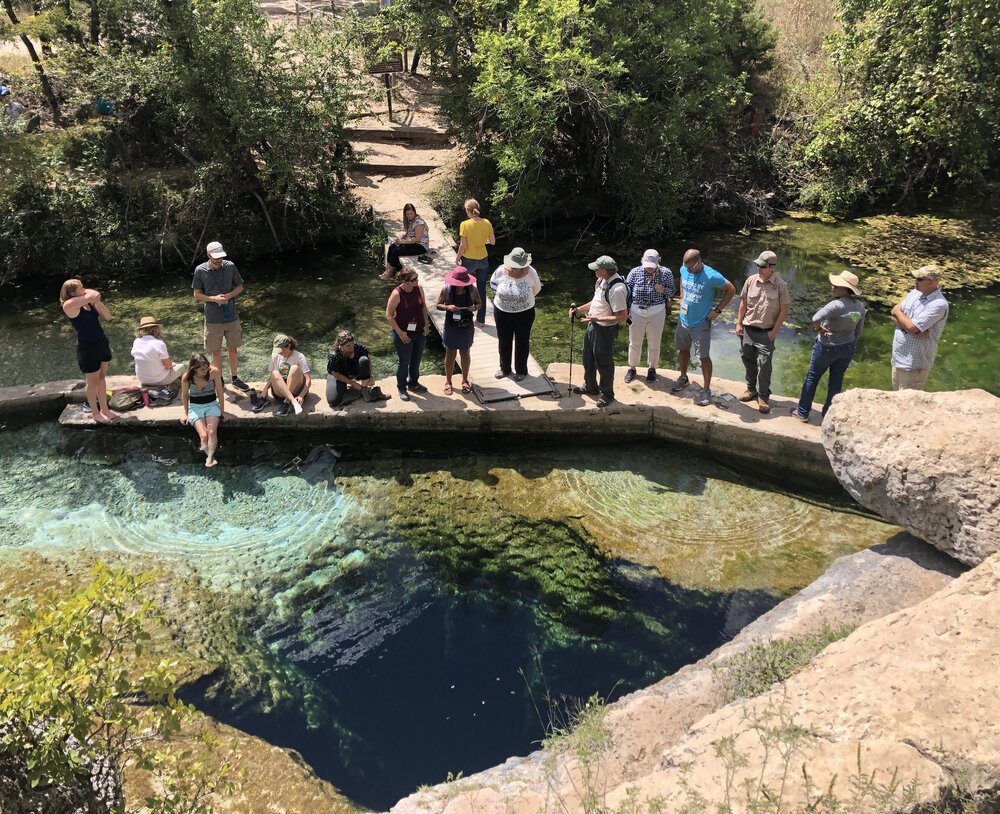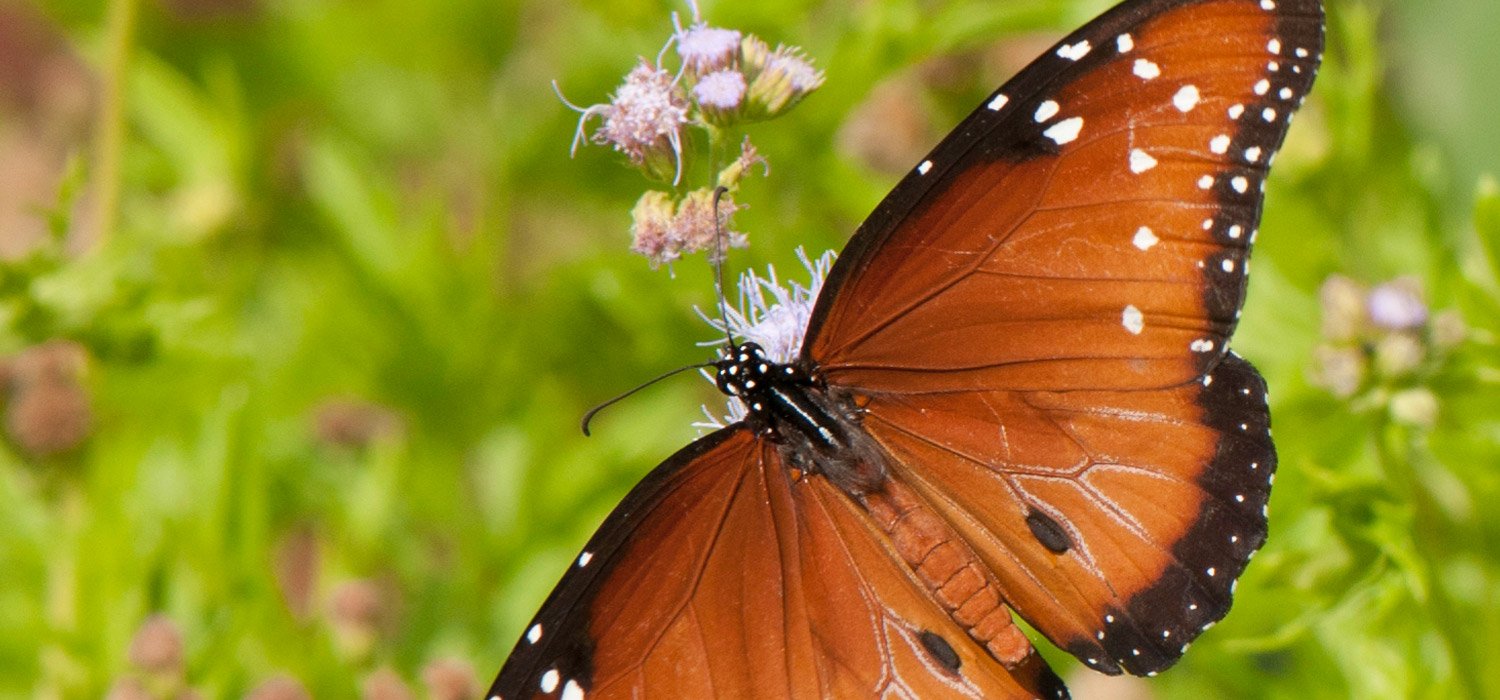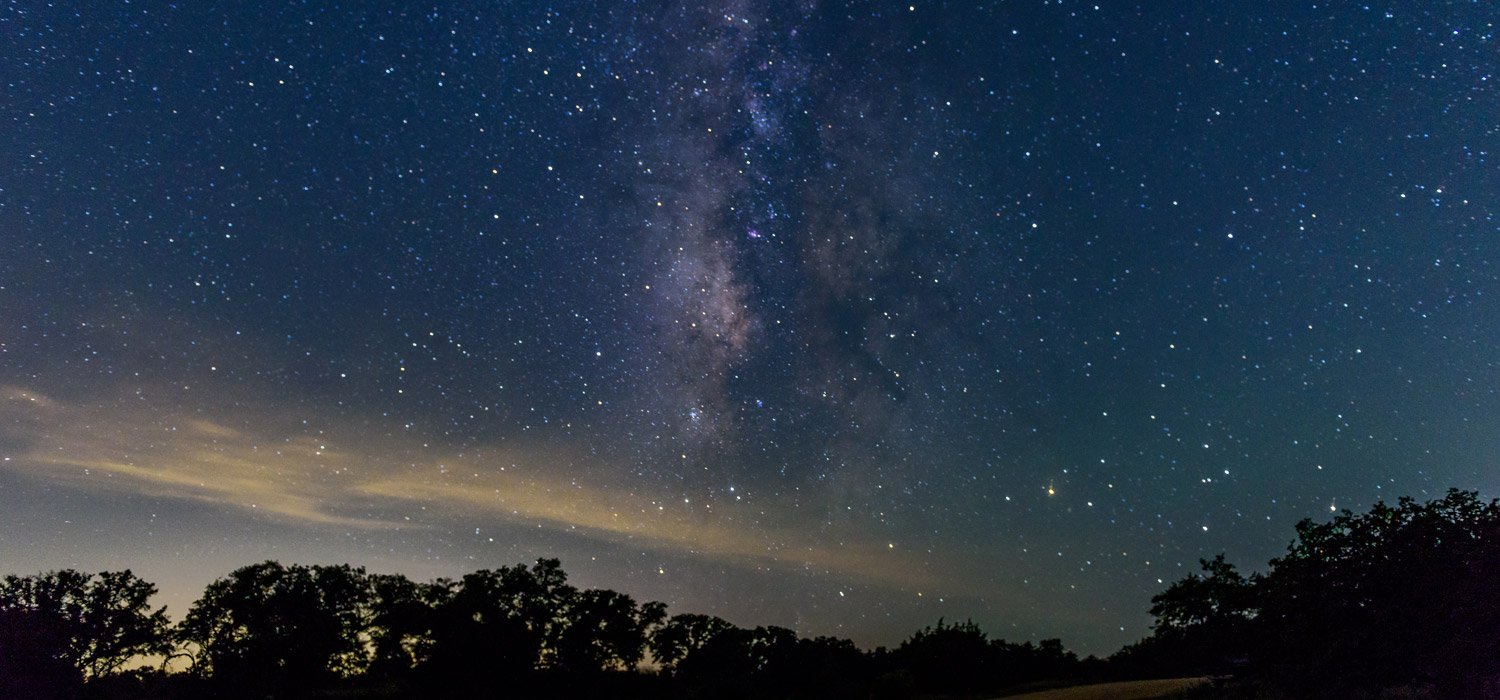The Hays Humm September 2023 Magazine
Betsy Cross - Mimi Cavender - Constance Quigley
Our ability to remain and thrive in this place that we love is dependent on groundwater conservation and protection. But what does that have to do with collecting seeds?
The ongoing drought is having serious impact to the aquifers and the people living in the Texas Hill Country. Action is the best medicine. What can we do?
Hays County Master Naturalists are uniquely positioned to look out over our little piece of heaven and document this brave new world. Trees and plants that were still green on August 6 are stressed now and even dying.
We work almost daily trying to keep our bit of Texas as free of non-native plants as possible and to support high quality habitat for all critters that cherish, as we do, a Hill Country place of their own.
We inspire children of all ages to increase habitat for wildlife, preserve the health of our streams and aquifers, learn about geology, and protect our night skies from light pollution.
“From there to here, from here to there, funny things are everywhere.” So says Dr. Seuss and I agree that the creature known as the irritable back—the North American porcupine—is one of those funny things. Here are some of my trail camera photos and fun facts about our wild friend.
“San Marcos Springs and Spring Lake are rare ecological jewels among Texas water resources.” I invite you to walk with me along the boardwalk at this unique wild sanctuary.
The rapid growth of the Hays County area is increasing the burden upon this valuable resource. Understanding our water supply and how it effects the land helps us to make better water management decisions.
The continuous water cycle starts with rain. Of the rain that falls on the land, 89% of it either evaporates directly to the atmosphere or processed through transpiration in plants into the atmosphere. The remaining 11% seeps into the ground or runs off as surface water to rivers and streams. Of the water on the earth’s surface, 97% of it is saltwater and 1-2% is frozen glaciers, ice, and snow around the world. That leaves about 1% of water available for consumption.
Watersheds are basin-like landforms defined by highpoints and ridgelines that descend into lower elevations and stream valleys. A watershed, sometimes called a drainage basin or catchment, carries water “shed” from the land after rain falls and snow melts.
Soil erosion via water flow is a significant issue in Hays County and in all of the Texas Hill Country. Our geology with the limestone base and relatively thin soil makes it difficult for rain to soak in quickly.
Water attracts wildlife and is great for plants. While not everyone can live near a river or lake, everyone has the option of building a water feature. In this article we will cover how to make a small wildlife pond or water feature that can be maintained year-round with only rainwater.
If you live in the Wimberley Valley, your property is part of the Blanco River Watershed. But “watershed” is a misleading way to describe it. The word implies getting water off the land as quickly as possible. Instead we should re-conceptualize our valley as a “water catchment area.” This term, used by most of the rest of the world, suggests capturing water before it flows downstream.
Humans have a major impact on the land and natural resources. Positive actions regarding conservation will result in a healthier natural environment.
Land restoration is the process of returning a site to a natural landscape and habitat, safe for humans, wildlife, and plant communities. Developing and following a land restoration plan are the means of accomplishing this goal.
Within their native habitats, animals should be able to find the basics necessities for maintaining their health and lives; water, food, and shelter…
Flash floods have been part of the Hill Country for over ten million years, ever since the rivers and creeks began carving out their deep valleys and leaving behind 200-250 ft. high hills. While we can’t stop flash floods, we can reduce their intensity and the amount of damage they cause.
Wildfires play an important role in nature. Some ecosystems, such as grasslands, rely on natural fires to regulate growth and recycle nutrients. There is an entire scientific discipline, Fire Ecology, focused on understanding the natural processes involving fire and how ecosystems respond.
On one property, the problem was that runoff quickly filled the small drainage ditch along the driveway and rushed down to the creek. The owners created diverters along the driveway to catch the runoff and divert it on the native grasses bordering the driveway.
Hays County residents are fortunate enough to have the Milky Way visible throughout much of the area. The night sky is part of our heritage and reminds us of our connection to the universe.
































